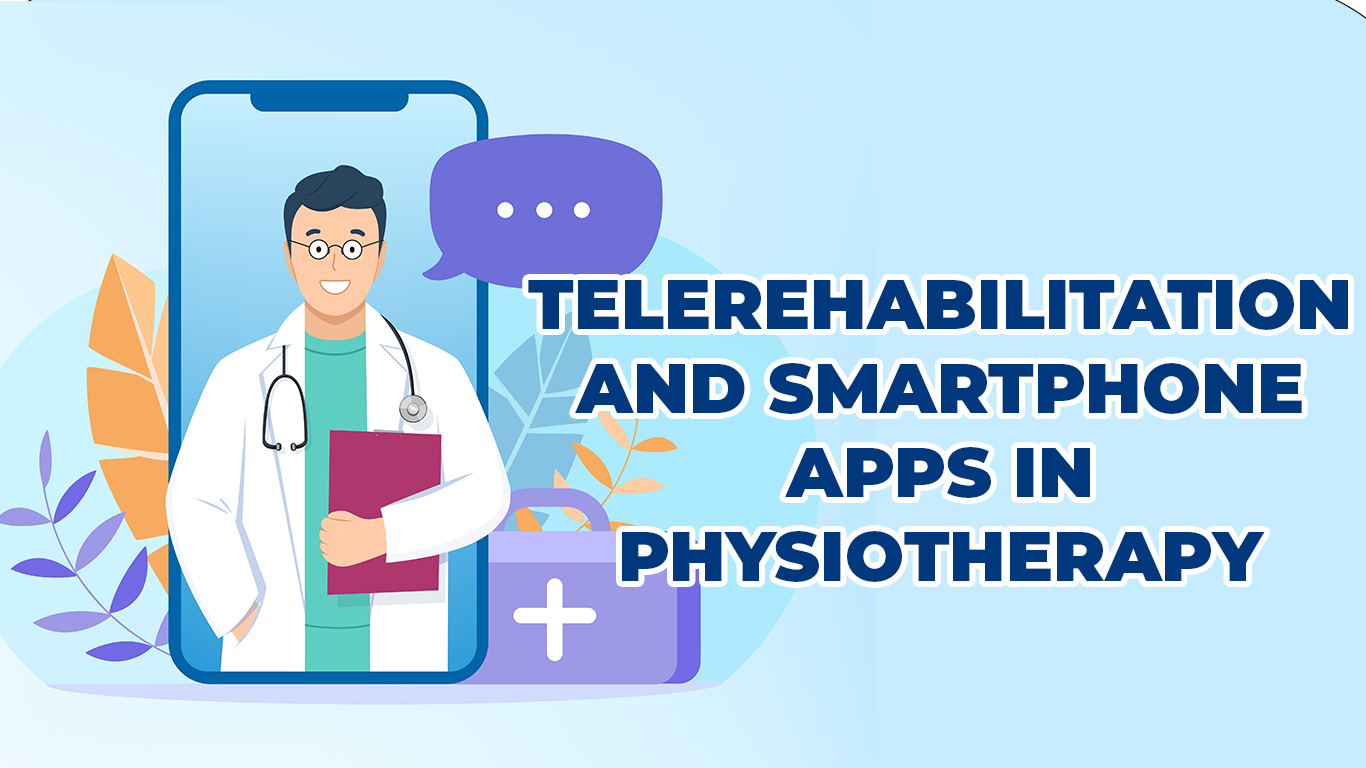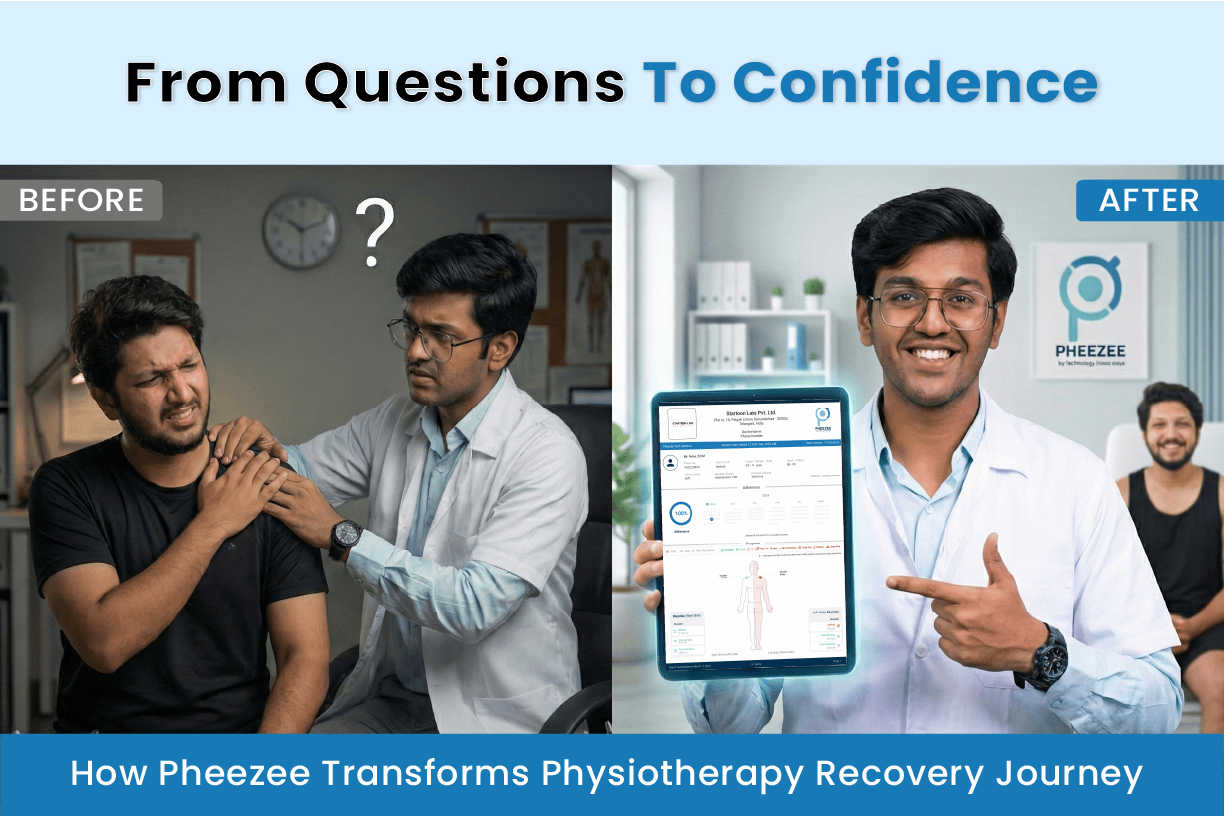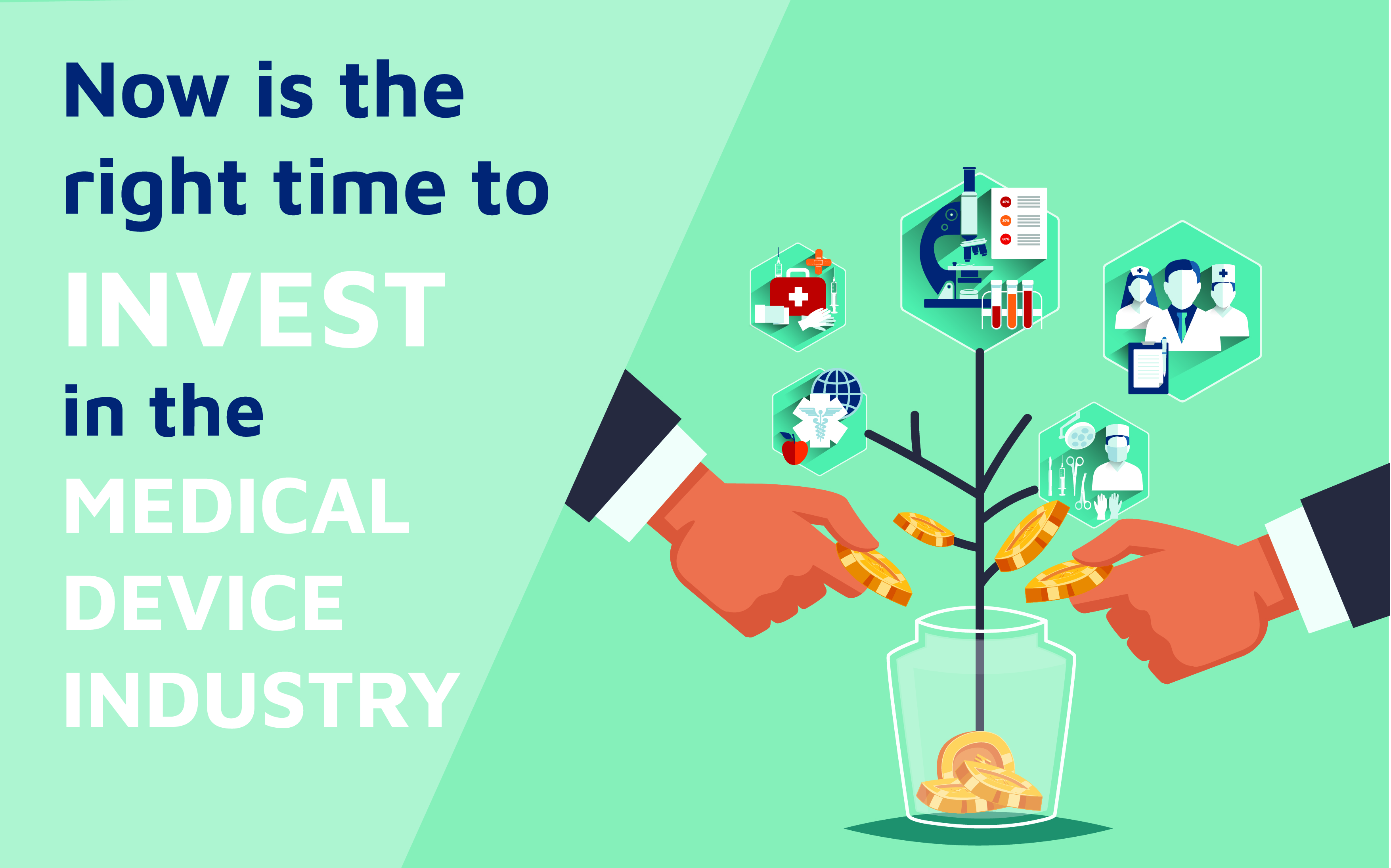Telerehabilitation and Smartphone Apps in Physiotherapy

The rapid evolution of technology has allowed health professionals to begin to adapt to these changes and deliver healthcare in a modern, remote manner. More recently, mHealth has come into play, which refers to the concept of using mobile devices, such as phones, tablets and smartphones in both medicine and public health. The shift to technology-based practice, especially smartphone-based apps is an extremely relevant area for health professionals to effectively interact with and manage a wide range of patient groups. Therapeutic compliance has been a topic of clinical concern since the 1970’s due to the widespread nature of non-compliance with therapy and rehabilitation programs. It can be proposed that these recent technological advancements could aid in improving therapeutic outcomes.
Specific to physiotherapy home exercise programs, smartphone applications are a new and emerging way to provide physiotherapy that encourages active participation from both the physiotherapist and the patient throughout the course of treatment.
Overview of Telerehabilitation
In recent years, technology has revolutionised all aspects of medical rehabilitation, from developments in the provision of cutting edge treatments to the actual delivery of the specific interventions. Telerehabilitation refers to the use of information and communication technologies (ICT) to provide rehabilitation services to people remotely in their home or other environments. Such services include therapeutic interventions, remote monitoring of progress, education, consultation, training and a means of networking for people with disabilities.
The use of technology to provide rehabilitation services has several advantages for both clinicians and patients. It gives the patient a sense of personal autonomy and empowerment, allowing them to take charge of their condition’s management. In other words, instead of being a passive participant in their care, they are becoming an active partner. It facilitates access to care for people who live in remote areas or who have mobility problems due to physical impairment, transportation, or socioeconomic factors. Furthermore, it reduces both the healthcare provider’s and the patient’s travel costs and time spent traveling. Research has found that the rehabilitation needs for individuals with long-term conditions such as stroke, Traumatic Brain Injury (TBI) and other neurological disorders are often unmet in the patient’s local community.
As telerehabilitation expands, patient continuity of care improves. It allows clinicians to communicate with patients remotely and provide care outside of the medical setting, removing the problem of distance between the clinician and the patient. The ability to continue rehabilitation in the patient’s own social and occupational environment can result in improved functional outcomes.
The global demographic shift toward an aging population has resulted in an increase in chronic health conditions. This emphasizes the need for improvements in rehabilitation service delivery, including the incorporation of self-management strategies and technology.
Growing numbers of elderly people have an impact on the Healthcare provisions, incurring considerable health costs due to the growing demand for treatments. It is hoped that by integrating telehealth measures, these costs will be reduced.
In general, most systematic reviews of the effectiveness of telerehabilitation report the patient’s perspective on its use as a positive experience with important clinical outcomes. The hope for the future is that new, innovative technologies will be developed and used to transform current practice and make telerehabilitation an integral part of healthcare.
Progression of Technology
Telerehabilitation for physical conditions has only been around for a few years. The challenges that this form of recovery created for so-called “hands-on” treatments, such as physiotherapy and occupational therapy, were the source of the problems. However, as healthcare technology has advanced, the possibilities for successful telerehabilitation in therapies like these have grown.
Early research into telerehabilitation was introduced with small pilot studies. Clinicians used the telephone to provide follow-up and conduct self-assessment interventions in some of the early projects. Telerehabilitation progressed into the 1980s as a result of this, with pre-recorded video content for client use and interaction.
Eventually, live interactive video conferencing was introduced and commendable results were reported with this rehabilitation method. Patients were satisfied with the telerehabilitation treatment provided.
Consultations, medical tests, and treatment measures can all be delivered by videoconferencing, which also allows for verbal and visual contact between participants. However, the inability to assess a participant’s physical performance, such as range of motion and gait in physiotherapy, was the source of the problem at first. This was quickly solved by assessment instruments that could objectively assess the physical activity of participants. Sensor and remote monitoring technologies like PheeZee for inside the home are taking their charge, enhancing the benefits of these new advanced telerehabilitation technologies. These advances enabled the patient and the rehab professional to control exercise at home while also allowing the professional to track patient compliance with specific exercise programs.
Another emerging innovation in healthcare is virtual worlds. These allow users to interact in real time with computer-generated environments. It allows healthcare professionals to design environments that can be used in a variety of settings, including surgery, physical therapy, and education and training.
In recent years, smartphones have revolutionised communication within the medical setting. This modernisation is allowing the opportunity to provide medical support when and where people need it. Recently, it has been reported that half of smartphone owners use their devices to get health information, with one fifth of smartphone users actually using health related applications (apps). There are a wide range of mobile apps available for healthcare professionals, medical students, patients and the general public.
Applications for Specific Conditions
In the innovation of mobile technology, PheezeeHome in particular is assisting with chronic disease management, encouraging the elderly, reminding people to take their medications on time, exercising on a regular basis, expanding service to underserved areas, and enhancing health outcomes.
There is currently a vast range of mobile apps, interactive tools and podcasts that cater to an array of healthcare conditions and disabilities both formal and informal, recognized and promoted by healthcare. Not only that, but there are also many that function as self assessment, screening and testing tools and symptom checkers, goal setters and treatment/exercise logs and prescribers. Others are collections of support videos or advice. This improves access to healthcare, increases care affordability, and encourages self-management and prevention in routine care, resulting in less unnecessary admissions (and therefore faster treatment of patients who need medical intervention) and lower healthcare costs in an aging population.
Cost Effectiveness
The common occurrence of patients’ failing to attend scheduled appointments results in loss of revenue, underutilization of the healthcare system as well as prolonged waiting lists. A smartphone application is a potential method to prevent cancellations through effective reminder systems.
Each application has a small annual fee that is determined by the number of physiotherapists and/or clinics that need to subscribe. It’s worth noting that clinical non-adherence has been associated with excess urgent care visits, hospitalizations and higher treatment costs.
These apps should be seen as an investment in the clinic or hospital, as they can help improve productivity, minimize cancellations, and deter potential health-care demand. These applications provide an exciting new outlet for physiotherapy to proceed towards in the future.
In the ever-evolving world of technology and mobile healthcare applications, the future generation of physiotherapists must be aware of the changing technological landscape in order to make physiotherapy a more engaging experience for patients. This will help to boost motivation and make it easier to stick to a home workout routine.
Through better communication, target setting, and progress monitoring, the modern face of physiotherapy apps will help patients stick to their treatment plans by developing an immersive workout atmosphere that encourages self-efficacy and behavior improvement.



July 31, 2025
How can mHealth contribute to improving therapeutic compliance among patients? Regard S2 Akuntansi